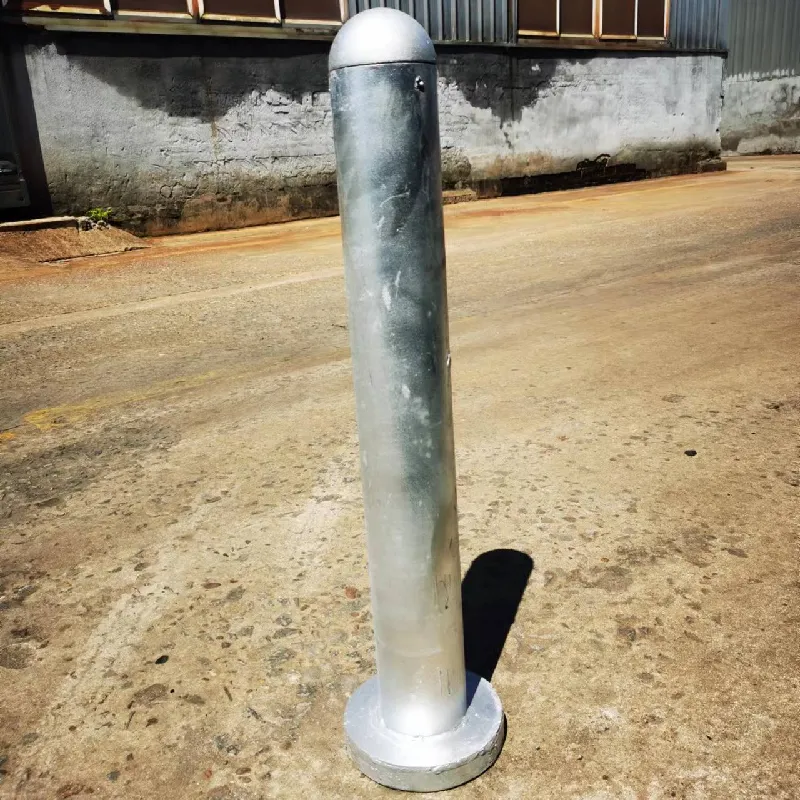bell joint repair clamp
The Bell Joint Repair Clamp Essential for Effective Pipeline Maintenance
In the realm of pipeline maintenance and repair, no piece of equipment is more essential than the bell joint repair clamp. This innovative device is designed to provide a reliable and efficient solution for pipeline issues, particularly those involving bell joints—connections that facilitate the joining of two pipeline sections. Understanding the importance of bell joint repair clamps, their applications, installation procedures, and advantages can significantly improve the integrity and longevity of pipeline systems.
Understanding Bell Joints and Their Challenges
Bell joints are commonly used in various types of pipes, including sewer, water, and gas lines. They facilitate the connection of pipes while allowing for some amount of movement and flexibility, which is essential in preventing stress-related damages. However, over time, environmental factors, pressure changes, and aging can lead to leaks or failures at these joints. When such problems occur, it is vital to address them swiftly to prevent more extensive damage and service interruptions.
Traditional methods of repairing bell joints often involve extensive excavation and replacement of the damaged section, which can be both time-consuming and costly. Fortunately, bell joint repair clamps offer an innovative solution that can drastically reduce both the time and resources needed for effective repairs.
Features of Bell Joint Repair Clamps
Bell joint repair clamps are typically made from durable materials such as stainless steel or high-strength polyethylene, which ensures that they can withstand the pressures and challenges presented by their working environment. Most models are designed with a simple but effective clamping mechanism, allowing them to be applied easily to the damaged area of the pipe.
These clamps come in various sizes and configurations to accommodate different pipe diameters and joint types, making them versatile tools for repair work. Some clamps include rubber gaskets or sealing elements that provide additional protection against leaks and further deterioration. Moreover, many modern repair clamps are designed with user-friendly features, such as quick-release mechanisms and adjustable sizes, ensuring that they can be fitted under a wide range of conditions.
Installation Process
Installing a bell joint repair clamp is relatively straightforward, which is one of its key advantages. The process typically involves the following steps
1. Assessment Carefully inspect the damaged joint and determine the extent of the damage. This assessment helps in selecting the appropriate size and type of repair clamp.
2. Cleaning Clean the area around the joint to ensure a proper seal. Any debris, rust, or dirt can prevent the clamp from functioning effectively.
bell joint repair clamp

3. Positioning Place the repair clamp over the damaged joint, ensuring it is centered and covering the entire damaged area.
4. Securing Tighten the clamp according to the manufacturer's specifications. It is essential to apply even pressure to ensure a complete seal without damaging the pipe.
5. Testing After installation, conduct tests to ensure that the repair has been successful—checking for leaks and ensuring the integrity of the joint.
Advantages of Using Bell Joint Repair Clamps
The adoption of bell joint repair clamps in pipeline maintenance offers several distinct advantages
- Cost-Effectiveness By minimizing excavation and labor costs, repair clamps can significantly reduce repair expenses. Their quick installation can also limit service interruption and associated costs.
- Time-Saving Instead of lengthy digging and pipe replacement processes, repair clamps can be installed quickly, often in less than an hour.
- Flexibility and Versatility Bell joint repair clamps can be utilized on various types of pipes and situations, making them a one-stop solution for many repairs.
- Durability Constructed of robust materials, these devices are designed to withstand harsh conditions and resist corrosion, ensuring that repairs last.
- Environmental Impact Reduced excavation needs also mean less disruption to the surrounding environment, preserving landscaping and reducing waste.
Conclusion
Bell joint repair clamps represent a significant advancement in pipeline maintenance, combining efficiency, cost-effectiveness, and reliability in one cohesive solution. Their ability to address challenges associated with bell joints makes them an invaluable resource in various industries, ranging from municipal water systems to gas pipelines. As technology continues to evolve, these clamps will undoubtedly play an increasingly critical role in the effective management and repair of pipeline systems. Embracing such innovations ensures not only the integrity of the pipeline infrastructure but also the continuous delivery of essential services to communities around the globe.
-
Square Sewer Cover Enhances Urban SafetyNewsAug.01,2025
-
Pipe Fitting Requires Precise AlignmentNewsAug.01,2025
-
Manhole Step Is DurableNewsAug.01,2025
-
Manhole Cover Is Found WorldwideNewsAug.01,2025
-
Hole Cover Frame On RoadsNewsAug.01,2025
-
Gully Grate Improves Road SafetyNewsAug.01,2025
-
Man Hole Cover Round Load CapacityNewsJul.31,2025
